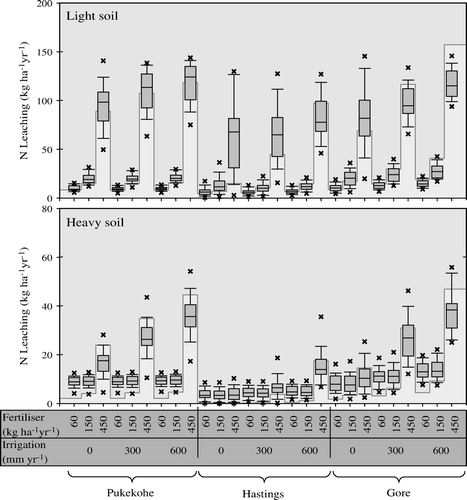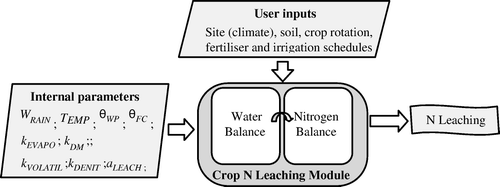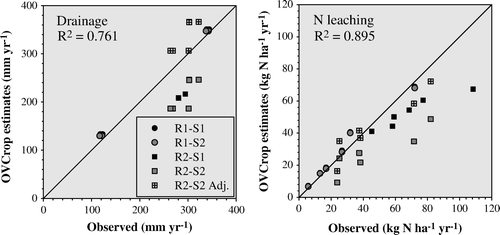Figures & data
Fig. 2 (a) Temperature factor (f TEMP ) for a range of mean monthly temperatures used in OVCrop. Dashed line is the scaled f TEMP used in the calculation of denitrification. (b) The soil organic matter mineralization factor (f SOM ) over time for two values of years in pasture (τ YiP ).
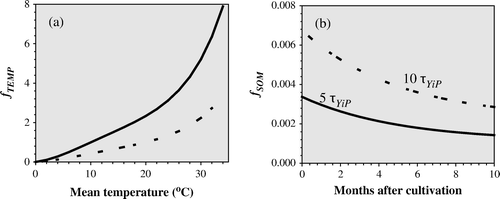
Table 1 Soil water storage (mm) of the generic soils used in the simulations to derive the parameter values of OVCrop
Fig. 3 Relative crop cover (a) and relative biomass accumulation (b) factors in relation to cumulative thermal time for spring and autumn wheat. Lines represent the model used in OVCrop.
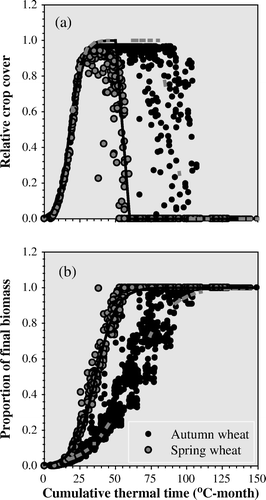
Fig. 4 Relationship between the potential evapotranspiration and the soil evaporation simulated by LUCI over 25 years under bare soil conditions, for three different months. The dotted lines have the intercept as the origin and slope representing k EVAPO . The continuous line represents the 1:1 relation.
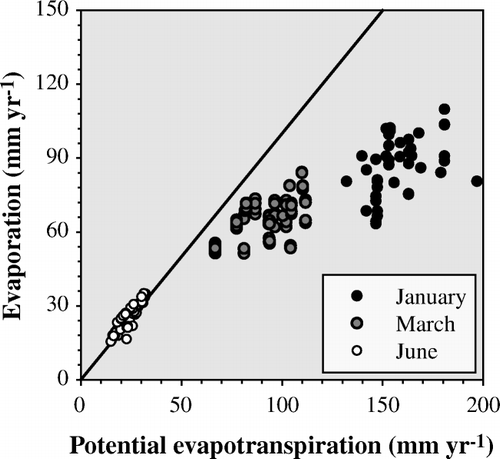
Table 2 Analysis of variance for the main factors influencing evaporation in months when evaporation demand was higher than water inputs. The response variable was W EVAPO /E TP a
Fig. 5 (a) Relationship between drainage and N leaching estimated by the LUCI model for the Lincoln site and two soil types over a series of scenarios (see text for details). (b) the relationship, on a logarithmic scale, between the drainage scaled to the soil water storage at field capacity and the ratio between N LEACH (leaching) and N LEACHEABLE (the sum of soil mineral nitrogen at the start of the month and nitrogen inputs and removals during the month).
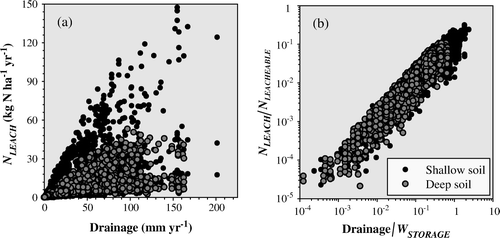
Table 3 Analysis of variance for the main factors influencing N leaching. The response variable was set as log(N LEACH /N LEACHABLE )a
Table 4 Time line of the two crop rotation treatments (R1 and R2) during two seasons (S1 and S2) of the experiment used in the model evaluation
Fig. 6 Comparison of the annual estimates of drainage and N leaching under bare soil obtained using the OVCrop module and the LUCI framework for three sites in New Zealand. Points from each site represent a range of treatments and years. Diagonal line is the 1:1.
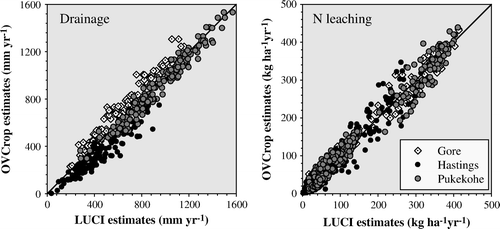
Table 5 Measures of agreement between annual values of evapotranspiration, drainage, change in soil mineral N, and N leaching from simulations of bare soil and crop rotations using OVCrop and the LUCI model
Fig. 7 Comparison between annual values of drainage and N leaching under crop rotation estimated by OVCrop and the LUCI framework for three sites in New Zealand. Points from each site represent a range of treatments and years. Diagonal line is the 1:1.
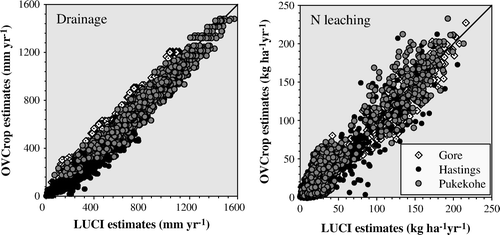
Fig. 8 Variability of N leaching predicted by the LUCI model over 25 years (boxplots) and the predictions by the OVCrop module using average weather data (bars) for three sites and two soil types. Data are from a series of spring wheat scenarios with different irrigation and fertilizer levels (see text for details).
